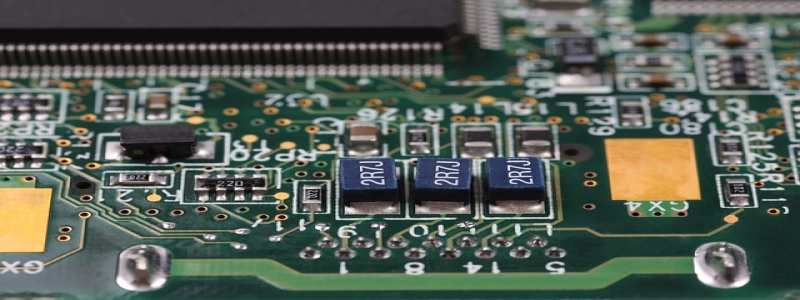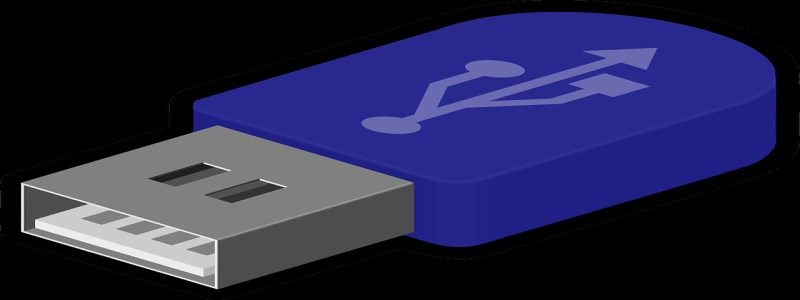Ethernet Patch Panel Wall Mount
Introduction:
An Ethernet patch panel wall mount is a device used to organize and connect Ethernet cables in a structured and efficient manner. It is commonly used in homes, offices, and data centers to provide a central point for network connections.
I. What is an Ethernet Patch Panel?
1. Definition: An Ethernet patch panel is a mounting hardware that contains multiple Ethernet ports for connecting cables.
2. Purpose: It serves as a central location for network connections, allowing for easy management and organization of Ethernet cables.
3. Types: There are various types of Ethernet patch panels available, such as rack-mount, wall-mount, and keystone patch panels.
II. Benefits of Wall-Mount Ethernet Patch Panels:
1. Space-saving: Wall-mount patch panels are ideal for small spaces where rack-mount panels may not fit. They can be conveniently mounted on walls, thus optimizing space utilization.
2. Neat and organized: By consolidating all Ethernet connections in one place, patch panels help maintain a neat and organized appearance, making it easier to identify and trace cables.
3. Easy cable management: Patch panels offer a structured approach to cable management, reducing cable clutter and making it simpler to troubleshoot or upgrade network connections.
III. Key Features of Wall-Mount Ethernet Patch Panels:
1. Port density: Wall-mount patch panels come in various port configurations, ranging from 12 to 48 ports, depending on the specific requirements of the network.
2. Cable management: Most wall-mount patch panels feature cable management options, such as cable ties or slots, to ensure cables are properly organized and supported.
3. Labeling: Patch panels often have dedicated space for labeling each port, allowing for easy identification and documentation of network connections.
4. Mounting options: Wall-mount patch panels can be easily attached to walls using screws or brackets, providing flexibility in installation.
IV. Installation Process:
1. Prepare the wall: Ensure the wall is clean and free from any obstacles that may interfere with the installation.
2. Mark the mounting holes: Use a level and tape measure to mark the positions for screw holes on the wall.
3. Attach the bracket: Secure the wall-mount bracket using screws or anchors, ensuring it is level and sturdy.
4. Mount the patch panel: Align the patch panel with the bracket holes and secure it in place using screws provided.
5. Connect cables: Connect Ethernet cables from the network devices to the corresponding ports on the patch panel, ensuring a secure and snug connection.
6. Test the connections: Once all cables are connected, test each port using a network tester or device to ensure proper connectivity.
Conclusion:
An Ethernet patch panel wall mount provides an efficient solution for organizing and managing Ethernet connections in various settings. With its space-saving design, cable management features, and ease of installation, it is an essential component for any network infrastructure. Whether in a home, office, or data center, a wall-mount patch panel simplifies network administration, enhances performance, and ensures a clean and organized networking environment.








